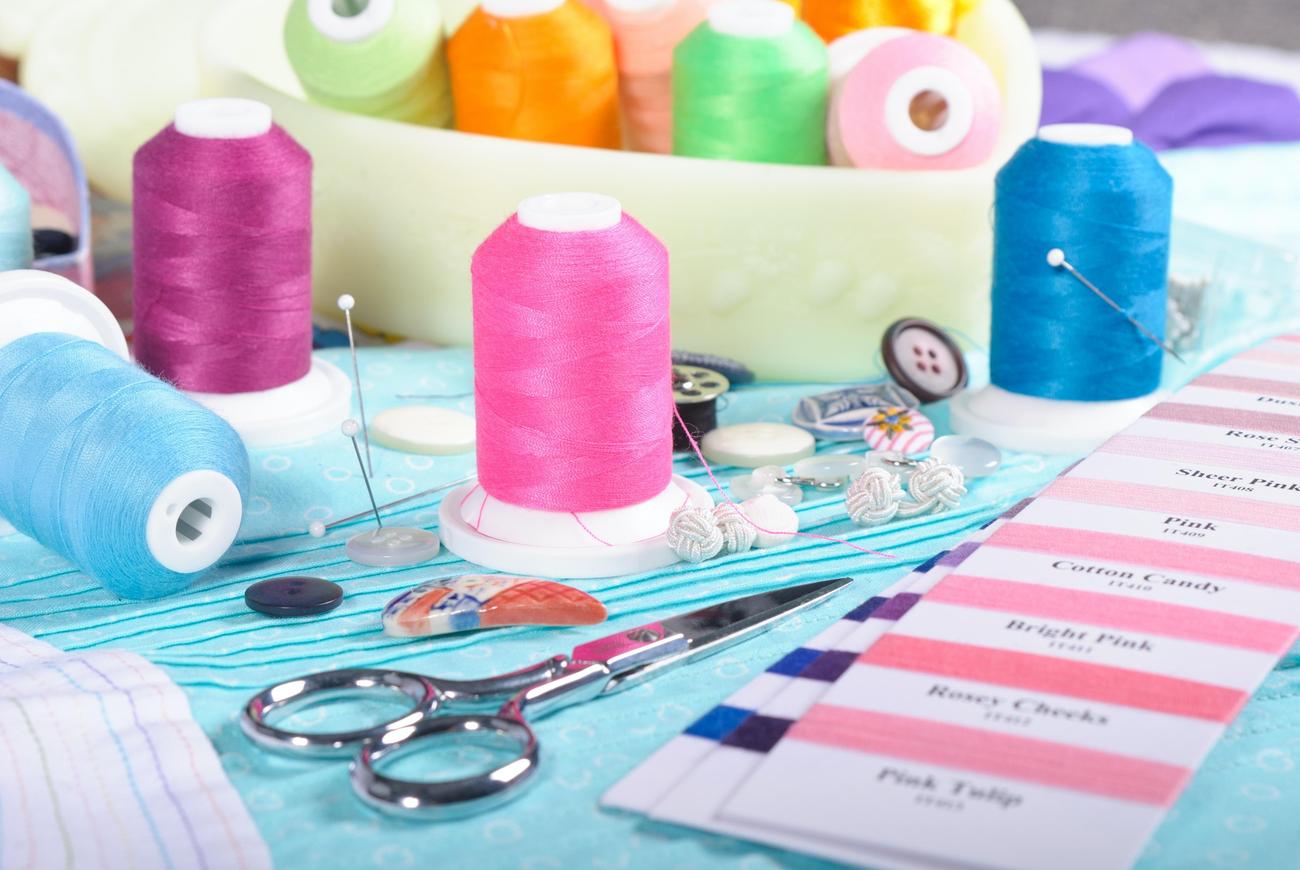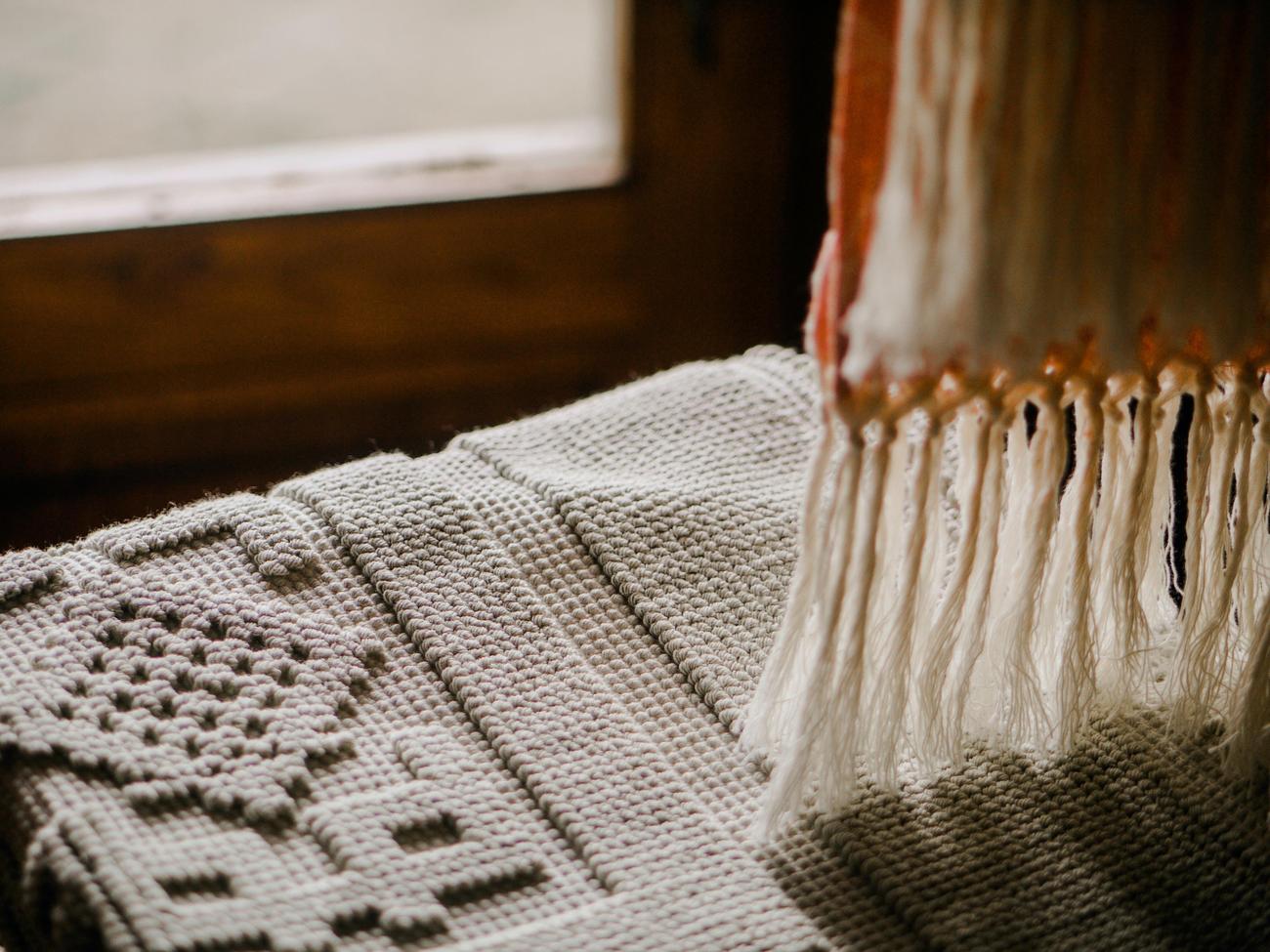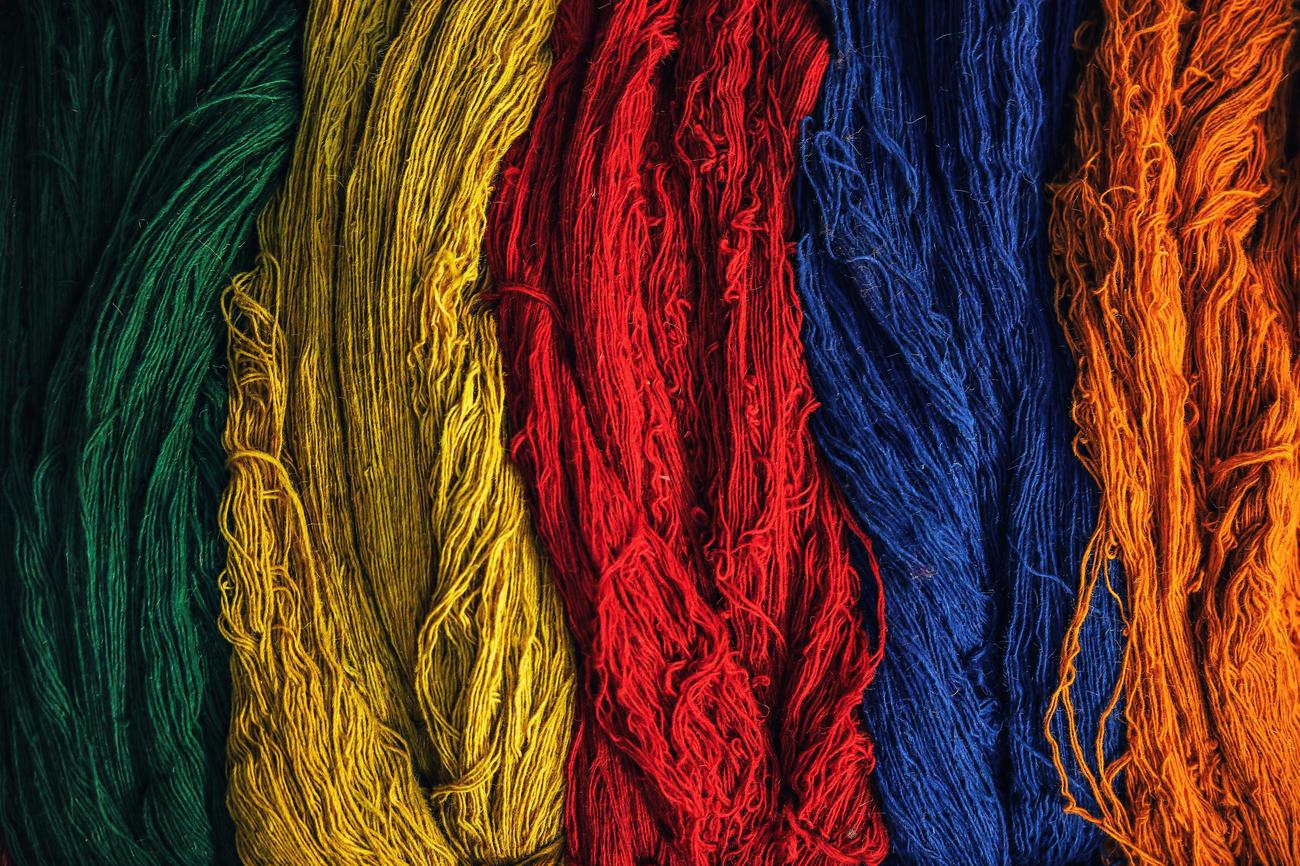Welcome to the world of cotton, where fascinating details and captivating stories come to life. In this article, we embark on a journey through the Cotton Chronicles, unraveling the mysteries and uncovering the untold tales of this extraordinary fabric. As a seasoned journalist with a passion for exploring the lesser-known aspects, I am excited to guide you through the history, production processes, and intriguing aspects of cotton. Brace yourself for a thrilling adventure as we delve into the rich cultural significance, sustainability efforts, and technological advancements surrounding this timeless and ubiquitous material. Get ready to be captivated by the secrets hidden within the threads of cotton.

Intriguing Details About Cotton
Cotton is not just a fabric; it is a fascinating world waiting to be explored. From its rich history to its remarkable versatility, there are numerous intriguing aspects that make cotton a captivating topic. So, let’s dive into the depths of this timeless and ubiquitous material, uncovering its secrets one thread at a time.
1. The Ancient Origins of Cotton
Cotton has a story that spans centuries, dating back over 8,000 years. It is one of the oldest and most popular crops in the world. Imagine the tales that lie within each cotton fiber, connecting us to our ancestors who first discovered the plant’s potential. Cotton’s enduring presence speaks volumes about its significance and enduring appeal.
According to historical records, cotton was first cultivated in tropical and subtropical regions. Its journey from seed to fabric reveals a process that demands time, care, and expertise. Cotton plants need to grow for over 200 days, soaking up the heat, rich soil, and steady rain that nurture their bolls. It’s a harmonious dance between nature and human intervention, creating the foundation for this remarkable textile.
Key Point:
Cotton’s intriguing story starts with its ancient origins, showcasing its enduring presence across centuries. From its cultivation in tropical and subtropical regions to the meticulous process of growing cotton plants, this fabric has a deeply-rooted history worth exploring.
2. Unveiling the Secrets of Cotton’s Versatility
Cotton is often touted as the fabric of our lives, and for good reason. Its versatility is nothing short of extraordinary. From lightweight voiles and laces to heavy sailcloths and velveteens, cotton can be transformed into a vast range of fabrics, each with its own unique characteristics and uses. The possibilities are endless when it comes to cotton, providing comfort and durability in clothing, home furnishings, and even industrial products.
Consider the cotton garment you’re wearing right now. Its softness against your skin is a testament to the inherent comfort cotton provides. Whether it’s a cozy t-shirt or a crisp dress shirt, cotton offers breathability, allowing air to circulate and keeping you cool in hot climates. Plus, its washability ensures that your cotton garments can withstand the test of time, providing a lasting connection to the fabric’s history and legacy.
Key Point:
Cotton’s versatility is nothing short of remarkable, allowing it to adapt to various fabric forms and serve multiple purposes. Whether it’s the comfort of a t-shirt or the durability of home furnishings, cotton provides a tangible and enduring connection to our everyday lives.
3. The Fascinating Impact of Cotton on Culture and Economy
Beyond its practical uses, cotton holds deep cultural significance and contributes significantly to the global economy. It is more than just a textile; it is woven into the very fabric of our societies. Cotton has become a symbol of comfort, style, and even social status. Its presence in fashion and home décor speaks volumes about its enduring appeal.
Cotton’s influence extends far beyond our closets and homes. It plays a vital role in the economies of numerous countries, contributing over 15 billion dollars annually. With production in 75 countries worldwide, cotton cultivation provides employment opportunities and drives economic growth. China stands as the largest producer, but the impact of cotton can be felt across continents, transcending borders and cultures.
Key Point:
Cotton’s cultural significance and economic impact are undeniable. From its role in fashion and home décor to its influence on global economies, cotton goes beyond being a mere fabric and becomes a symbol that connects people, industries, and traditions.
4. Sustaining Cotton’s Legacy: Conservation and Technological Advancements
Preserving the legacy of cotton requires a delicate balance between tradition and innovation. As sustainability and environmental concerns come to the forefront, the cotton industry is embracing new practices to minimize its ecological footprint. Concepts like organic cotton, fair trade, and responsible sourcing are gaining momentum, ensuring that cotton’s story can continue to unfold without exploiting the planet or its people.
Technological advancements also play a pivotal role in shaping cotton’s future. From genetically modified cotton plants that resist pests to cutting-edge machinery that streamlines the production process, innovation intertwines with tradition to propel the cotton industry forward. These advancements not only enhance efficiency and quality but also shed light on the ingenuity and resourcefulness of those who work tirelessly to improve cotton cultivation and production.
Key Point:
Preserving cotton’s legacy requires a focus on sustainable practices and technological advancements. As the industry embraces concepts like organic cotton and fair trade, it ensures a future where cotton can thrive without compromising the environment. Technological innovations also pave the way for improved cultivation and production processes, showcasing the perpetual drive for progress within the cotton industry.
As we unravel the intriguing details about cotton, it becomes clear that this fabric is more than meets the eye. From its ancient origins and remarkable versatility to its cultural significance and technological advancements, cotton embodies a timeless charm that continues to captivate us. So, the next time you slip into your favorite cotton garment or admire a cotton-covered sofa, take a moment to appreciate the wealth of history, innovation, and ingenuity that resides within this ubiquitous fabric.
Cotton Chronicles: Unveiling Intriguing Insights
Cotton is one of the most fascinating fabrics in the world. It is not just a soft and comfortable material, but it also has a rich history and numerous interesting facts associated with it. If you want to dive deep into the world of cotton, you don’t want to miss out on these “25 Facts About Cotton”. From its cultivation process to its various uses and the impact it has on the environment, this comprehensive list will leave you amazed. So click here to uncover all the intriguing details about this remarkable fabric: 25 Facts About Cotton.

FAQ
Question 1: What are the different types of cotton?
Answer 1: There are four different types of cotton: American Upland cotton, Pima cotton, Egyptian cotton, and Sea Island cotton. Each type varies in fiber length, strength, and fineness, resulting in different qualities of fabric.
Question 2: How long does it take for cotton plants to grow?
Answer 2: Cotton plants need to grow for over 200 days before they are ready for harvesting. These plants require a warm climate, rich soil, and consistent rainfall to thrive.
Question 3: How does cotton contribute to the economy?
Answer 3: Cotton is a significant contributor to the economy, generating over 15 billion dollars annually. This industry creates employment opportunities, supports textile manufacturing, and drives numerous related industries, such as fashion, home furnishings, and agricultural machinery.
Question 4: What are some lesser-known aspects of cotton?
Answer 4: Cotton has numerous lesser-known aspects that make it an intriguing fabric. For example, cotton is not only used in clothing but also finds applications in home furnishings and industrial products. Additionally, cotton’s rich cultural significance, sustainable farming practices, and technological advancements in cotton manufacturing are worth exploring.
Question 5: Which country is the largest producer of cotton?
Answer 5: China is currently the largest producer of cotton, cultivating this versatile crop in large quantities. The country’s favorable climate conditions and advanced agricultural practices contribute to its dominance in cotton production.
- Unlock Filipino Culture: A Deep Dive into Traditions and Practices - April 23, 2025
- Unlock Spanish Culture: Insights & Opportunities Now - April 23, 2025
- White Spirit Uses & Substitutes: A Deep Dive for Pros & DIYers - April 23, 2025
















